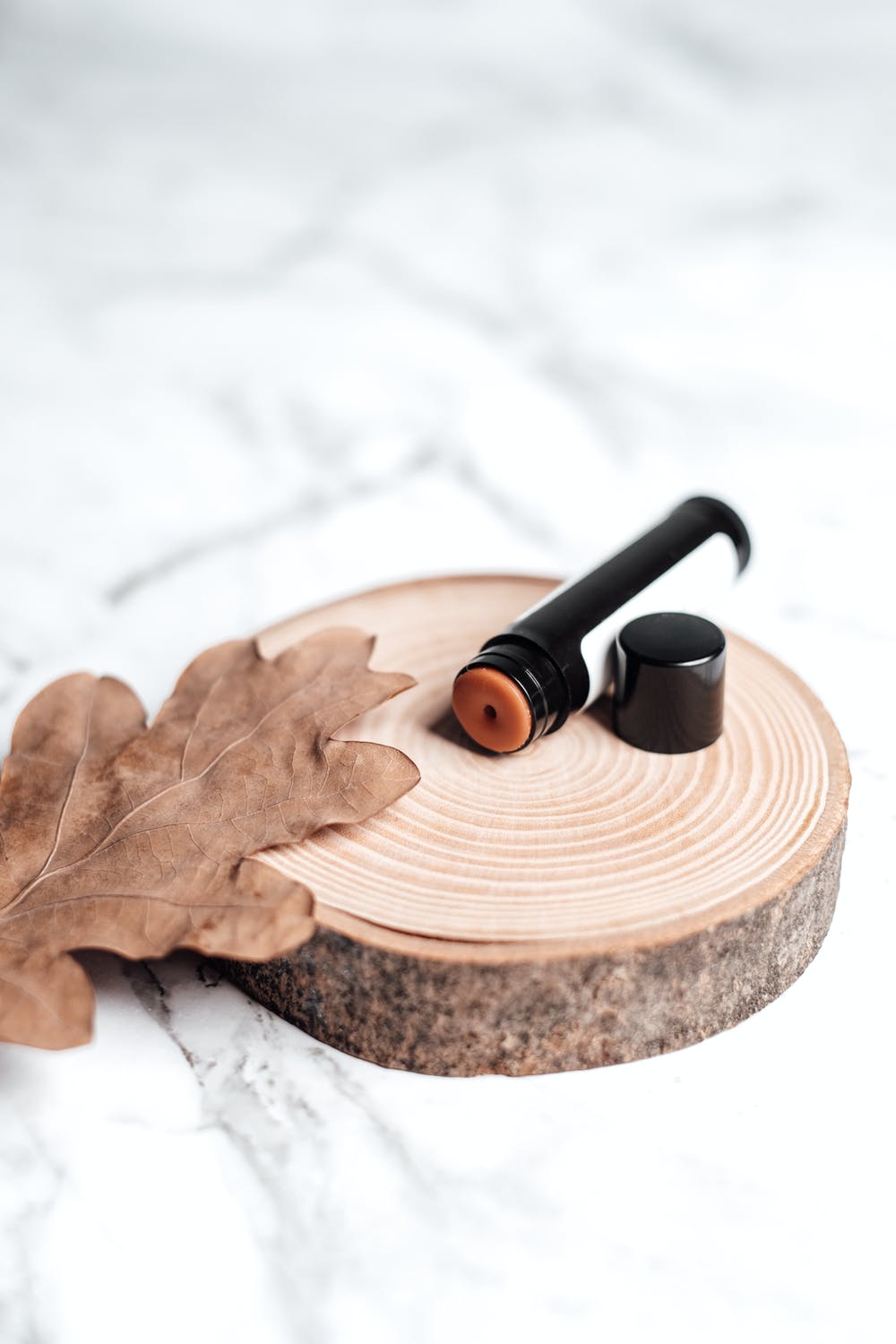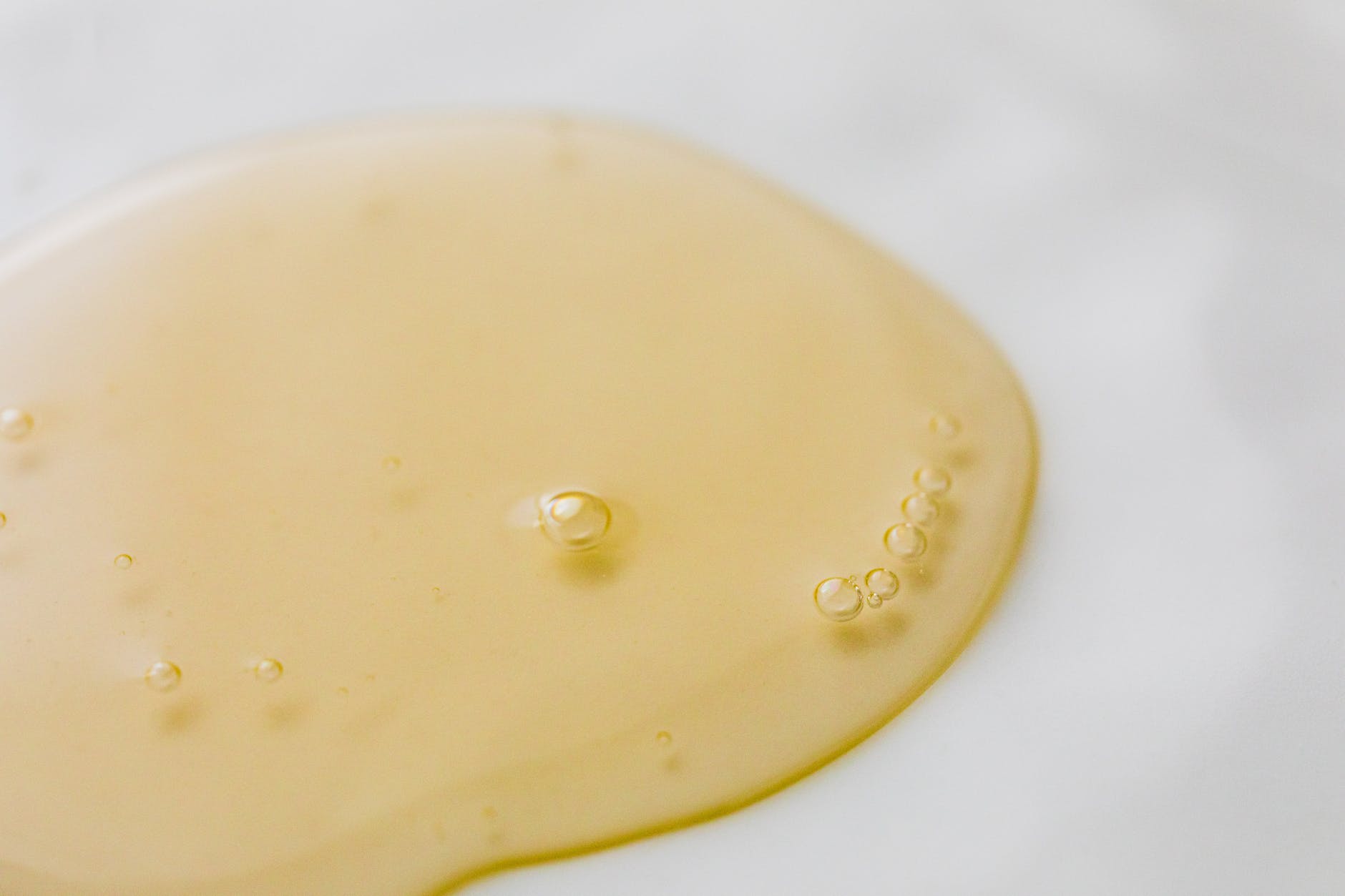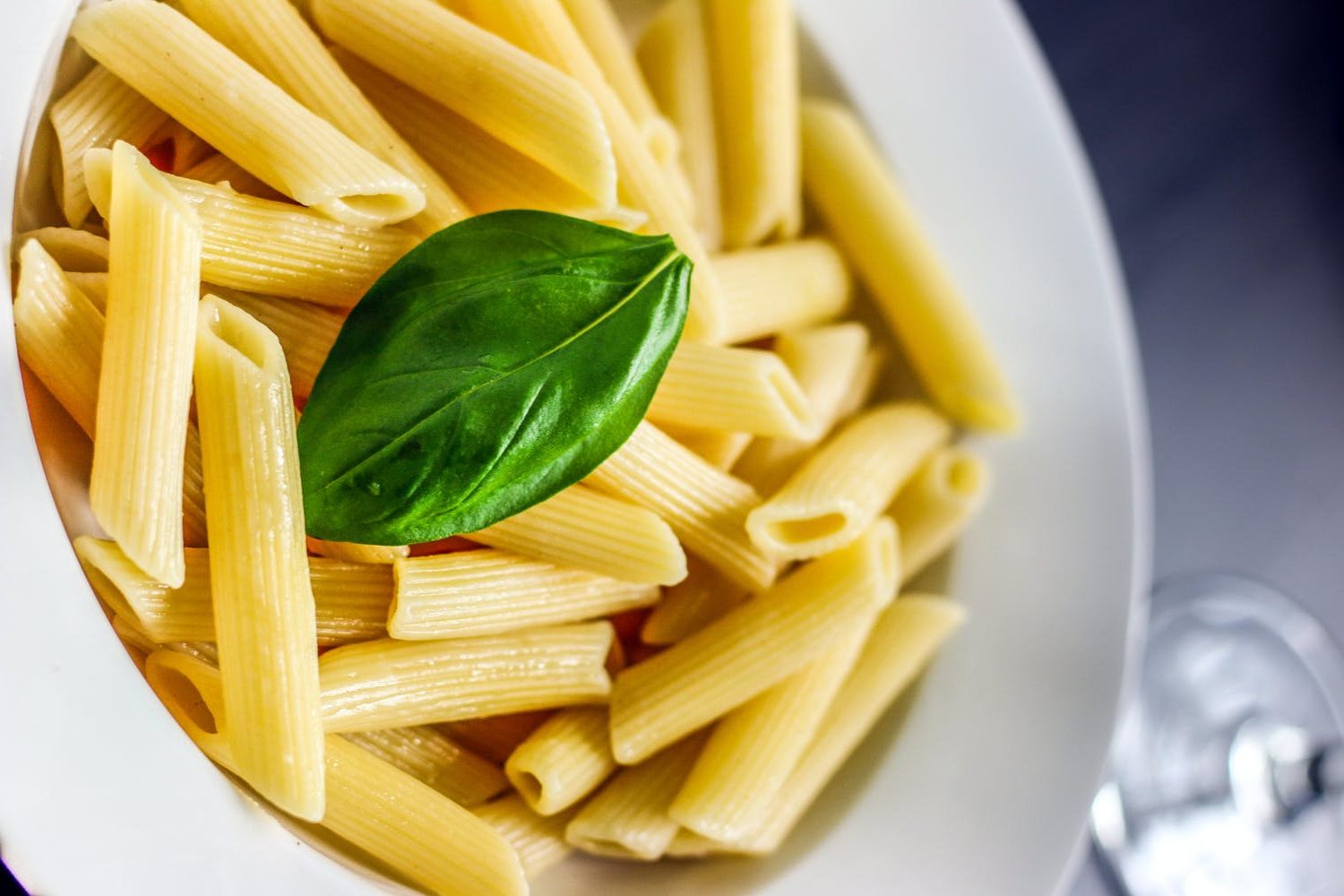If you feel like your skin is looking a little dull or your makeup isn’t going on as smoothly as you want it to, keep reading to find out about the 2 types of exfoliation and when you should use each one to get your skin looking bright, glowing and smooth.
The Advantages to Exfoliation
Exfoliation is especially useful if you feel like you have dry, flaky skin. It’s all about shedding skin cells that we don’t need. If you’re not exfoliating those dead skin cells, they can sit in the pores, stretch them out and make them look larger.
Not exfoliating can also make your makeup go on rougher because you’re not giving yourself that smooth surface. Think of it like sanding wood. After exfoliating, not only will your makeup go on nicer, products will also get incorporated better and more deeply.
Chemical vs. Physical
Physical exfoliant- You physically feel this, whether it’s little microbeads, sugar, baking soda or even a washcloth. If you feel like you have dry skin, a physical exfoliant could be really great for you. Use a physical exfoliator 1-2 times a week, and remember to be gentle.
*If you have acne-prone skin, you might not benefit from a physical exfoliant. Especially if you have active breakouts on your skin, using a rough, physical exfoliator can end up irritating your skin more. This is where chemical exfoliators come in.
Chemical exfoliant- This basically does the same thing, but uses a chemical reaction to turnover dead skin cells and help you generate new, fresh skin and new collagen. I use a chemical exfoliator once a week.
There are different kinds of chemical exfoliators:
- AHA- alpha hydroxy acid
- BHA- beta hydroxy acid
- Fruit acids and enzymes
Depending on your skin type, certain ones might be better. I like using a combination of an AHA and a fruit enzyme because you have something a little more gentle with the fruit and something a little more active with the AHA.
I never recommend using a physical and chemical on the same day – that’s way too irritating on your skin.
Examples
- Cocos Organics You Mint Me Coco Face Scrub (Physical). I love that this uses natural ingredients like cacao extract (for that roughness), shea butter, coconut oil and jojoba oil. You can honestly make physical exfoliators at home – there are so many cool tutorials on making your own scrubs.
How to: (1) Use a natural, gentle cleanser to make sure your skin is clean. (2) Gently go in circles with the exfoliator on your face, focusing on areas where your skin is dry. (3) Rinse it off gently and (4) follow with a moisturizer or hydrating serum.
- Dermalogica Rapid Reveal Peel (Chemical). This is basically a professional grade peel that you can do at home. It’s really targeted and really strong, but not so strong that you see the reactions of a chemical peel. I’ve had some where you have to wait a few days, your skin starts peeling and you don’t know when it’s going to stop …so it takes anywhere from 7-10 days with some peels. This one is different! You have no down time, no redness or irritation and you can do it at home.
This has a combination of AHAs and fruit enzymes, which is why I love it so much. The AHA and lactic acid (a type of AHA) are the chemical exfoliants that will give you results. This is especially good if you have comedones- aka “blackheads” and “whiteheads,” but skin-colored. You can’t squeeze them, because there’s no opening, so they basically stay there forever unless you extract them or do some kind of peel.
The fruit enzymes in this still give you the chemical reaction, but are much less harsh, and lime extract is added to moisturize and soothe your skin.
How to: (1) Apply over clean skin, (2) lightly massage it in, (3) let it sit for 3-7 minutes and then (4) wash it off. If during that 3-7 minutes, you feel like it’s irritating, definitely wash it off.
Another cool thing about this peel is that it has an optional kickstart phase. I did this and would recommend it if you can, but check with your doctor and see what works for you. You would use it 3 days in a row for the first week, which will get all the active ingredients to a certain level in your skin. After that, you use it once a week.
This kickstart phase is something we use in medicine too. In pharmacy school, we learned all about dosing – we would often do something called a loading dose, where you give a really high amount for the first few days or so to build a certain amount in the body, and then start giving a lower maintenance dose. When I saw that they were doing that with this peel, I could see that it was taking a very medical approach.
After the first week of using this, my skin looked really bright, glowy and firm. I love it.
As you can see, there are different roles for a physical exfoliator and a chemical one. If I had to pick the one that gives you more results, it would definitely be chemical.




